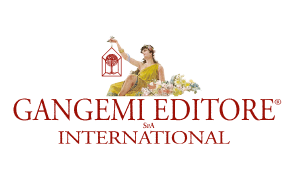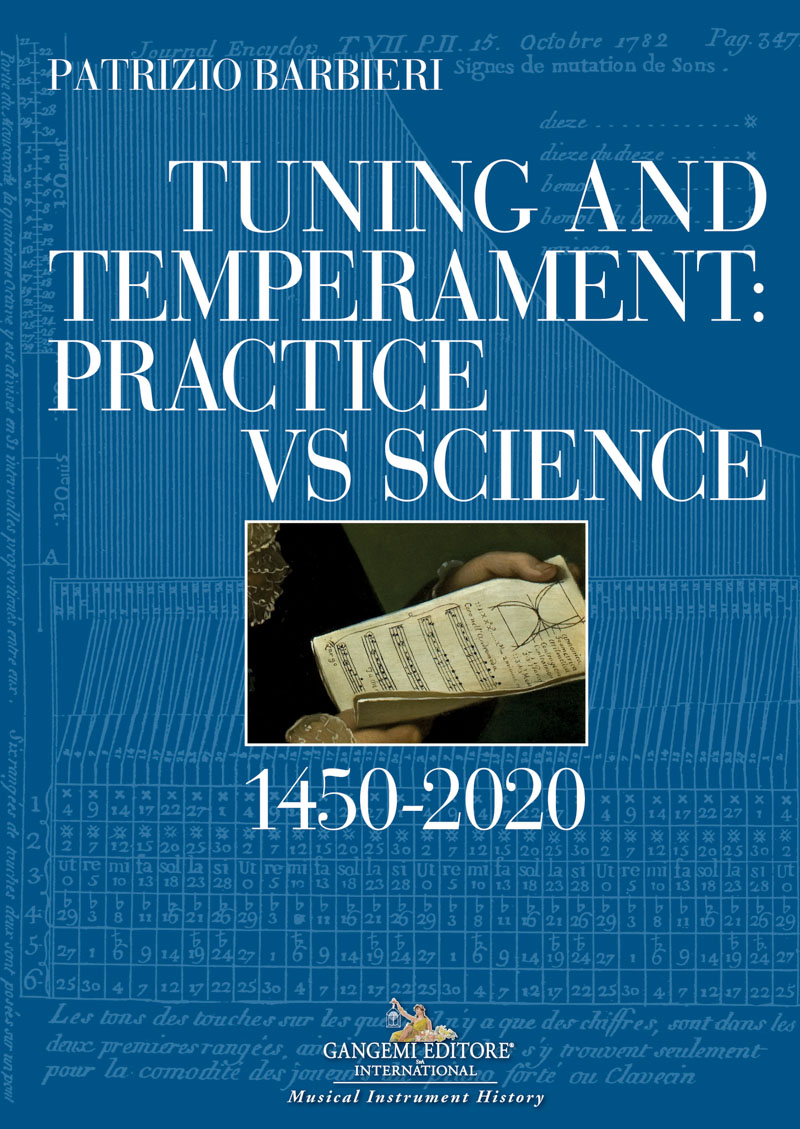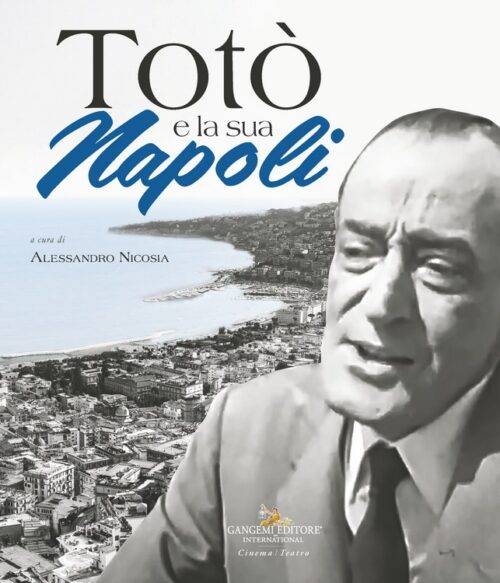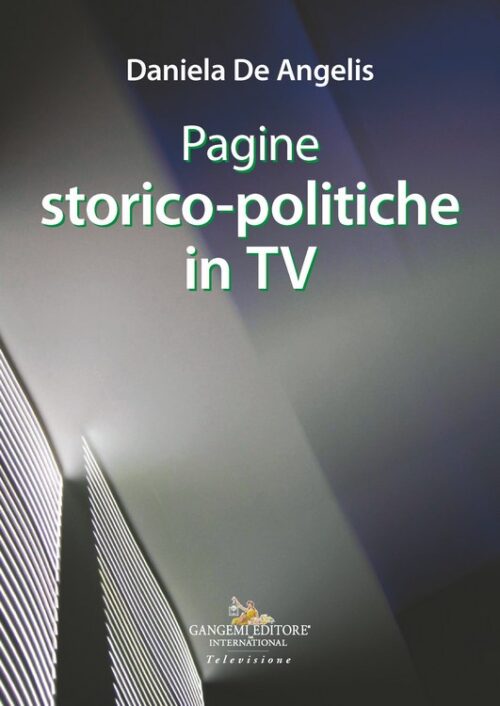Tuning and Temperament: Practice VS Science
1450-2020
Autori: Barbieri Patrizio
Full English text
Formato: 17 x 24 cm
Legatura: Cartonato
Pagine: 592
Anno edizione: 2023
ISBN: 9788849246018
EAN: 9788849246018
UB. INT. : T718F V43d
Contenuto
Until now, the problem of tuning instruments has been viewed as an aspect of philologically correct performance practice. Besides several chapters dealing with this important latter aspect, the volume also devotes ample space to the evolution of the tuning problem from a purely scientific point of view, starting from the Scientific Revolution and more particularly during the Enlightenment, with the decisive development of a new science: “Acoustics”. It consists of a series of articles, most already published in Italian, presented here in English translation – revised, restructured, partly rewritten, expanded (in some cases radically) – and distributed over 21 chapters. A wide range of themes is covered. The chapters focusing mainly on ‘practice’ deal with problems such as the tuning of French and Flemish organs in the 15th century, the first applications of equal temperament to keyboard instruments in Europe, tonality expansion in keyboard compositions at the time of Frescobaldi, conflicts about pitch in 17h-century consorts, tuning in Tuscany at the time of Bartolomeo Cristofori, the querelles over pitch caused in Paris by the new double-action Erard harps, the practice of tuning and pitch at the time of Mozart, the historical evolution of piano temperaments, the persistence of unequal tunings in 19th-century Italy. In the chapters dealing mainly with ‘science’, on the other hand, historical investigation focuses on the introduction of logarithms for the calculation of frequencies, the new equaltempered wheel-harpsichords made for the Viennese court of Ferdinand III, two different methods of linear approximation of equal temperament, the Enlightenment myth of the scientific optimal meantone tuning (including a French method based on early investigations into auditory frequency discrimination), the long-standing enigma – solved in England in 1749 – of the beat-frequency calculation of tempered consonances, the application to tuning of two mathematical instruments (mesolabe and sector), the inharmonicity of musical string instruments, early methods of pitch measurement, the sonometer of the Neapolitan scientist De Luca (1828), and the activity of the composer Giuseppe Sarti on acoustics and tuning. Although mathematical and physical references are of particular relevance, the use of mathematical formulae has been minimised, seeking to supplement the discussion with references to their practical application. This work is thus addressed not only to science historians, but above all to musicians and musicologists.
PATRIZIO BARBIERI has taught history of musical theory, musical acoustics and applied acoustics at the University of Lecce, and historical organs at the Gregorian University of Rome. He has also lectured at the Laboratorio di acustica musicale e architettonica at the Fondazione Scuola di San Giorgio – CNR in Venice. He has published five books and about 140 articles, and was awarded the 2008 Frances Densmore Prize by the American Musical Instrument Society for the best article in English on musical instruments published in 2006-7.
Parole chiave
Condividi su














